This event is not only a source of pride for the musician's family but also affirms the new position of Vietnamese music in the treasure trove of human intellectual heritage.
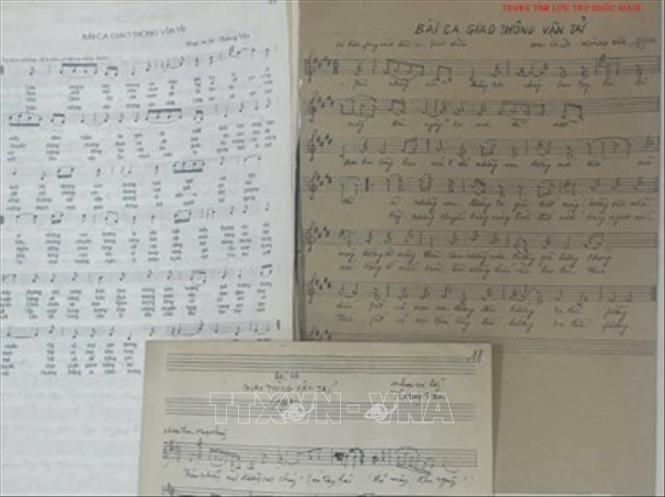
The work "Song of Transport" by musician Hoang Van. Photo: VNA
From personal memory to human memory
There are sounds that cannot be forgotten, there are melodies that are not only art, but also carry the vivid memories of a nation. Musician Hoang Van is one of the artists who composes not only to listen to, to sing, but also to accompany and record a part of the nation's history in the most universal language: music.
Musician Hoang Van (birth name Le Van Ngo, 1930-2018) was not only a "wartime songwriter", but also a musical thinker, an "emotional architect" of the era. His works are a unique blend of European classical music with materials imbued with national spirit, from Vietnamese folk songs and poetry, to the lives of the working class and disadvantaged women; illustrating the symbiosis of European and Asian musical traditions as well as the transmission and exchange of knowledge between East and West. UNESCO highly appreciated the fact that Hoang Van's music "broke the rules, challenged many prejudices" that classical music was the privilege of the upper class. Hoang Van made classical music popular without losing its depth and touching sounds, by bringing into music "ordinary lives, everyday destinies, and disadvantaged classes in society". He told the history of Vietnam through drum beats, strings and choruses, helping his works have a profound and lasting influence, with artistic value and as valuable materials for research on Vietnamese culture, society and music history.

For more than half a century, from 1951 to 2010, musician Hoang Van left behind a massive collection of more than 700 musical works with a diversity of materials, forms, genres and contents, from art songs to current affairs songs, from epics to praise songs, from industry songs to provincial songs, from love songs to folk songs, from folk songs to songs with strong international sentiments from five continents... reflecting the important changes of the country in three major periods: the war for independence and national reunification (1954-1973), the return of peace (1974-1990) and the last years of his life (1990-2010), providing important sources of material for scientists researching Vietnam in a particularly turbulent historical period.
Since the 2000s, musician Hoang Van's family has proactively implemented a plan to collect, compile, digitize and preserve the musician's works. Thanks to the tireless efforts of the family and many experts, friends and fans, the collection of more than 700 works by musician Hoang Van has been digitized and posted on a multilingual website (Vietnamese, English, French, Spanish and Russian) at https://hoangvan.org , reaching more than one million visits by the end of 2024. The paper manuscripts have been stored at the National Archives Center III since 2022. The well-preserved collection, with high accessibility through a multilingual digital platform, further contributes to spreading Vietnamese cultural values to the international community.
Out of 121 nominations, "Collection of works by musician Hoang Van" became one of 74 dossiers registered by UNESCO at the meeting on April 11, 2025 and was approved with an absolute rate (100%). Since then, the collection has moved from the personal space of a musician to become the collective memory of all humanity. This is not only a personal honor but also a big boost for the position of Vietnamese music on the world cultural map.
Dr. Lonán O'Briain (Nottingham, UK) commented: "... Hoang Van is certainly one of the most important Vietnamese composers of the late 20th century. His prolific career ranges from iconic songs to major symphonies. These compositions set a new standard for concert music in Vietnam, comparable to neighboring countries in East Asia and Southeast Asia. What sets him apart from some other composers of his time is that he was not motivated by honorary titles or politics, but first and foremost by his love for music".
Professor François Picard from Sorbonne University, Paris, France called musician Hoang Van's collection "an archive for the future"; and Dr. Dana Rappoport affirmed: "This collection stands out not only for its richness in musicology but also for its importance as a database, archive and document... It contributes to preserving and promoting the musical specificity of Vietnam".
Deputy Minister of Foreign Affairs Ngo Le Van emphasized: "This is a vivid memory of a historical period, reflecting the soul, identity and aspirations of the nation through each melody."
Some important works of great value in musician Hoang Van's collection include:
Early 1960s manuscript and restored score of "Reminiscences";
Music collection won the First National Arts Congress in 1955, including the first prize winning work "Ho keo phao"; Recordings (1959-1960) and manuscript of the poetic symphony "Thanh dong To quoc", one of the first poetic symphonies of Vietnam, along with the performance program in 1961;
The score of the ballet "Chi Su" (Ho Chi Minh Prize); and about 100 love songs never published or recorded.

The collection of documents by musician Hoang Van (1930-2018) is the 11th documentary heritage of Vietnam recognized by UNESCO. The 10 previously recognized heritages include 3 World Documentary Heritages and 7 Asia-Pacific Documentary Heritages:
Three World Documentary Heritages
1. Nguyen Dynasty Woodblocks (2009)
Recognized in 2009, the Nguyen Dynasty Woodblocks are Vietnam's first World Documentary Heritage recognized by UNESCO, consisting of 34,555 woodblocks, which are "prints" of 152 books with many different topics, such as: history, geography, socio-politics, military, law, education, literature... The content of the Nguyen Dynasty Woodblocks is very rich and diverse, reflecting all aspects of Vietnamese society during the feudal period, such as: history, geography, socio-politics, military, law, culture-education, religion-ideology-philosophy, literature, language-script.
2. Doctor's Stele at Temple of Literature (2011)
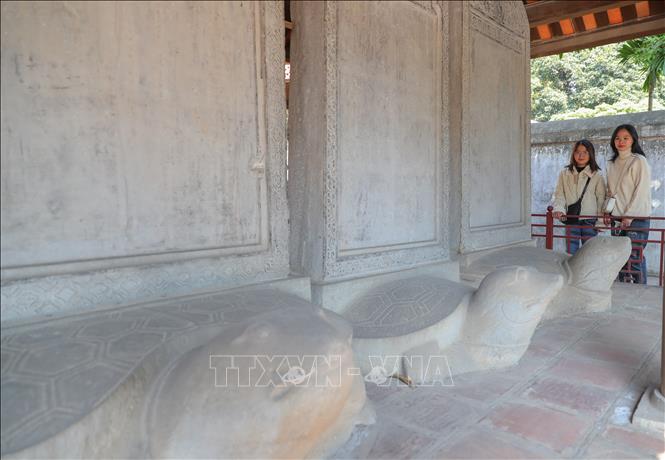
The Doctorate Stele Area, where stone steles recording the names of doctors who passed the examinations from 1442-1779 are located, has been recognized by UNESCO as a World Documentary Heritage. Photo: Hoang Hieu/VNA
The 82 doctoral steles corresponding to the 82 examinations (from 1484 to 1780), recording the names of the successful candidates in the examinations, are the only remaining original documents, considered one of the invaluable cultural heritages left to us by our ancestors today. They are authentic documents reflecting a vivid picture of the training and recruitment of talents in Vietnam that lasted for more than 300 years under the Le-Mac dynasty, and are also unique works of art, reflecting the sculpture of many feudal dynasties in Vietnam. Each inscription on the stele is an exemplary piece of literature, expressing philosophical and historical thoughts, views on education, training and the use of talents of the dynasties in history.
3. Nguyen Dynasty Records (2017)
The Nguyen Dynasty's Royal Records are administrative documents of the Nguyen Dynasty - the last dynasty in the feudal history of Vietnam (1802-1945), including: documents submitted to the king for approval by agencies in the central and local government apparatus, documents issued by the Nguyen Dynasty kings and a number of diplomatic documents. This is the only remaining administrative document of a Vietnamese feudal dynasty, preserving the handwriting of the Nguyen Dynasty kings approving the country's issues.
Seven documentary heritages of the Asia-Pacific region
1. Woodblocks of Vinh Nghiem Pagoda (Bac Giang) (2012)
The set of 3,050 woodblocks of Vinh Nghiem Pagoda was recognized by UNESCO as a Documentary Heritage of the Asia-Pacific region in 2012. This is a set of documents in Chinese and Nom characters, consisting of 3,050 woodblocks, including 2 sets of Buddhist scriptures and novice precepts, discussions, explanations of Buddhist scriptures and works of Emperor Tran Nhan Tong and eminent monks of the Truc Lam Zen sect. The special value of the woodblocks of Vinh Nghiem Pagoda lies in the fact that the ideology and teachings of Truc Lam Zen Monastery are engraved very clearly and carry a strong national identity along with profound humanistic values elaborately expressed on each woodblock.
2. Poetry on Hue Royal Architecture (2016)
The system of poems on Hue royal architecture includes 2,742 selected poetic panels from countless works of Nguyen Dynasty emperors, which began to be used to decorate palaces, temples, and royal tombs from the Minh Mang period (1820-1841) to the Khai Dinh period (1916-1925). In addition to the massive quantity, there is also a typical "one poem, one painting" decorative style. According to many studies, the system of poems on Hue royal architecture is a special decorative art, a precious heritage, not found anywhere else in the world.
3. Woodblocks of Phuc Giang School (2016)
This is the only and oldest woodblock about education of a family still preserved in Vietnam from the 18th century to the early 20th century, at Phuc Giang school, Truong Luu village, Lai Thach commune, Lai Thach canton, La Son district, Duc Tho prefecture, Nghe An town, currently Truong Luu village, Truong Loc commune, Can Loc district, Ha Tinh province.
The woodblocks were engraved with reverse Chinese characters to print 3 classic textbooks (including 12 volumes): "The Complete Essentials of Tinh Ly Toan Yeu Dai Toan", "The Complete Essentials of Ngu Kinh Toan Yeu Dai Toan" and "The Library of Rules", which were continuously used for teaching and learning by thousands of teachers and students for nearly 3 centuries (from the 18th to the 20th century). The Phuc Giang school woodblocks are the only original documents created by the famous people of the Nguyen Huy family and a team of engravers in the mid-18th century.
4. The Royal Flower Envoy (2018)
"Hoang Hoa Su Trinh Do" is an ancient book describing the diplomatic mission of the Vietnamese embassy to China in the 18th century, demonstrating the exchange between countries in the Asia-Pacific region. "Hoang Hoa Su Trinh Do" is considered by UNESCO as a valuable and rare document about the diplomatic relations between two countries in the Asia-Pacific region, contributing to maintaining peace among peoples in the region and in the world.
The book "Hoang Hoa su trinh do" was copied by Nguyen Huy Trien in 1887 from the original copy of Tham hoa Nguyen Huy Oanh, currently kept by the Nguyen Huy-Truong Luu family, Truong Loc commune, Can Loc, Ha Tinh. The book is 30cm x 20cm in size, 2cm thick, printed on Do paper.
5. Ghost stele at Ngu Hanh Son, Da Nang (2022)
The 78 stele inscriptions at the Ngu Hanh Son scenic spot, Da Nang, are a treasure trove of valuable documentary heritage in Han and Nom scripts, with diverse content, expressive styles, unique forms, and many genres, such as: royal writings, steles, eulogies, poems, epitaphs, names, parallel sentences... of kings, mandarins of the Nguyen Dynasty, eminent monks, and many generations of literati and writers who stopped to leave inscriptions on the cliffs and caves at the Ngu Hanh Son scenic spot, from the first half of the 17th century to the 60s of the 20th century.
The stele is an extremely valuable, accurate and unique document, clearly demonstrating the economic, cultural and social exchange and harmony between countries such as Japan-China-Vietnam in Vietnam from the 17th to 20th centuries.
6. Han Nom text of Truong Luu village, Ha Tinh (2022)
“Han Nom documents of Truong Luu village, Ha Tinh (1689-1943)” is a unique collection of handwritten copies, including 26 original royal decrees granted by the kings of the Le and Nguyen dynasties; 19 diplomas, 3 silk banners, written in Han and Nom characters from 1689 to 1943. The original, unique documents, with clear origins and related events... have been used as a source of materials for compiling books, with much information that can be verified and compared through official historical documents of Vietnam, helping to research social relations and the development history of the village in ancient times, especially in the period from the end of the 17th century to the mid-20th century.
7. Reliefs on nine bronze cauldrons in Hue Imperial Palace (2024)
The reliefs cast on nine bronze cauldrons in the Hue Royal Palace are the only positive copies, currently placed in front of the courtyard of The To Mieu in the Hue Royal Palace, including 162 images and Chinese characters cast by King Minh Mang in Hue in 1835 and completed in 1837. This is a unique and rare source of material that is of great interest to Vietnamese and foreign researchers because it carries valuable content about history, culture-education, geography, feng shui, medicine, and calligraphy.
Most noteworthy is the bronze casting art and the craftsman's technique to create a unique and special work. The reliefs on the nine bronze cauldrons ensure their integrity, being historical "witnesses" to the ups and downs of the dynasty. Most importantly, this documentary heritage is expressed in the form of images and Chinese characters that are still intact and even the location of the nine cauldrons has never been moved.
Source: https://baotintuc.vn/van-hoa/nhung-di-san-viet-nam-thanh-di-san-cua-nhan-loai-20250413123255133.htm


![[Photo] General Secretary To Lam meets with veteran revolutionary cadres, meritorious people, and exemplary policy families](https://vstatic.vietnam.vn/vietnam/resource/IMAGE/2025/4/15/7363ba75eb3c4a9e8241b65163176f63)
![[Photo] National Assembly Chairman Tran Thanh Man attends the summary of the organization of the Conference of the Executive Committee of the Francophone Parliamentary Union](https://vstatic.vietnam.vn/vietnam/resource/IMAGE/2025/4/15/fe022fef73d0431ab6cfc1570af598ac)
![[Photo] Air Force actively practices for the April 30th celebration](https://vstatic.vietnam.vn/vietnam/resource/IMAGE/2025/4/15/16fdec3e42734691954b853c00a7ce01)

![[Photo] Ho Chi Minh City after 50 years of national reunification through buildings and symbols](https://vstatic.vietnam.vn/vietnam/resource/IMAGE/2025/4/15/a224d0b8e489457f889bdb1eee7fa7b4)
![[Photo] Welcoming ceremony for Prime Minister of the Federal Democratic Republic of Ethiopia Abiy Ahmed Ali and his wife](https://vstatic.vietnam.vn/vietnam/resource/IMAGE/2025/4/15/77c08dcbe52c42e2ac01c322fe86e78b)
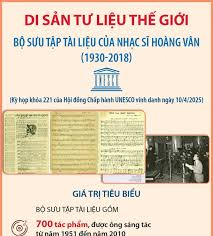

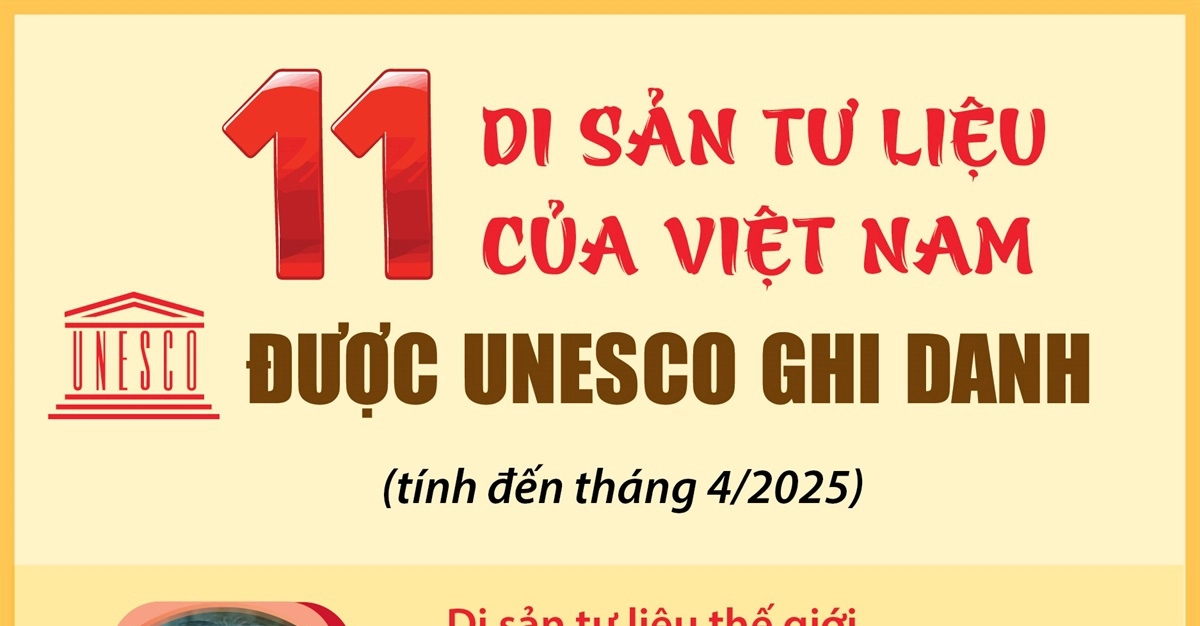

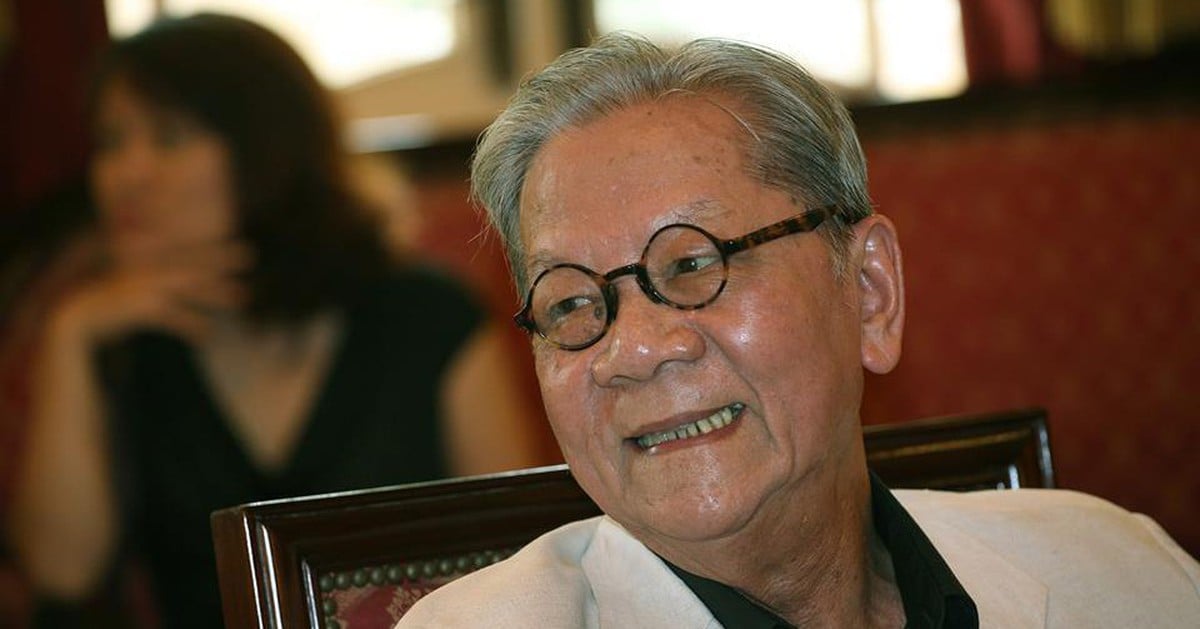


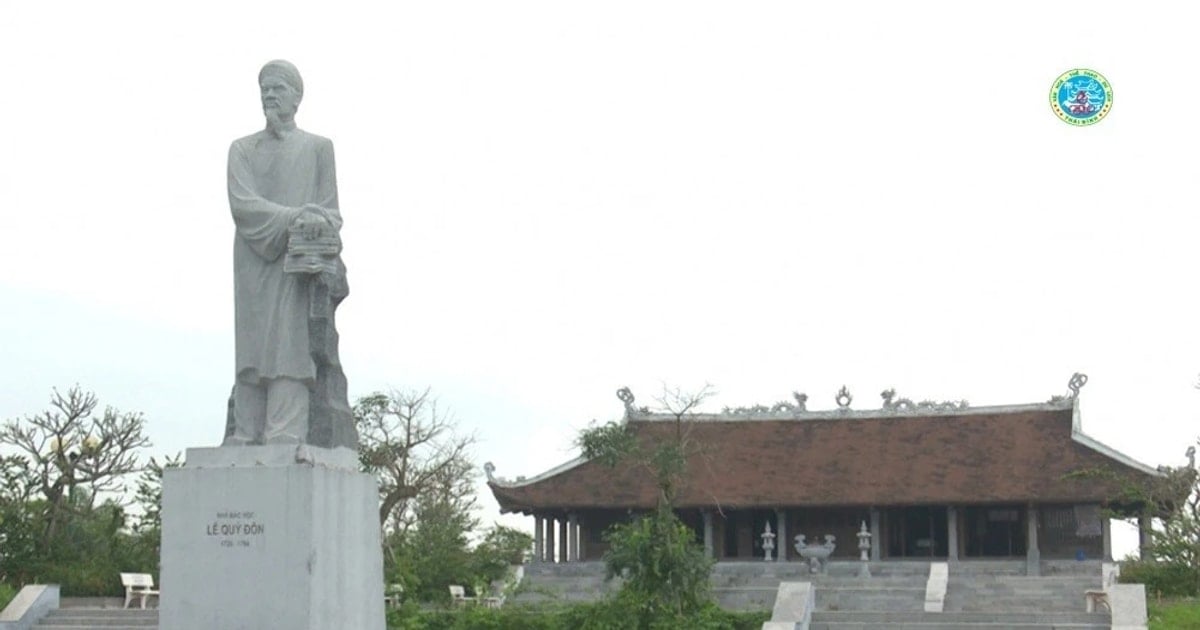

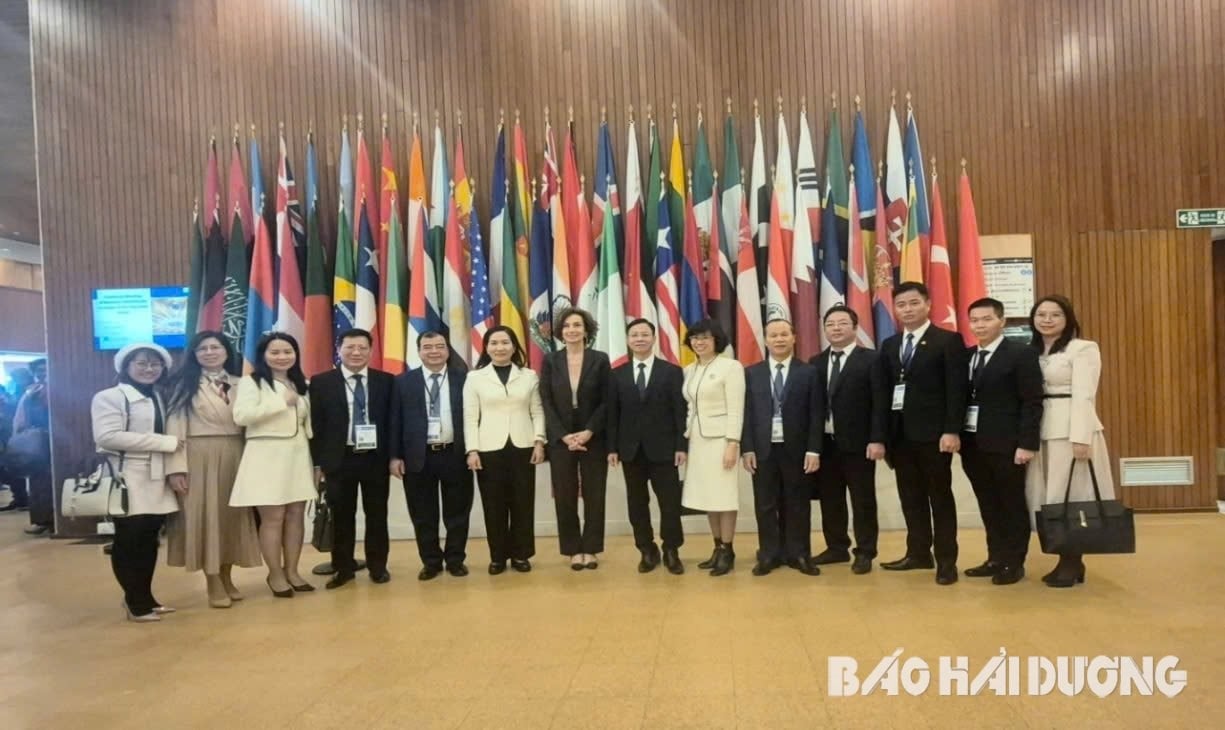

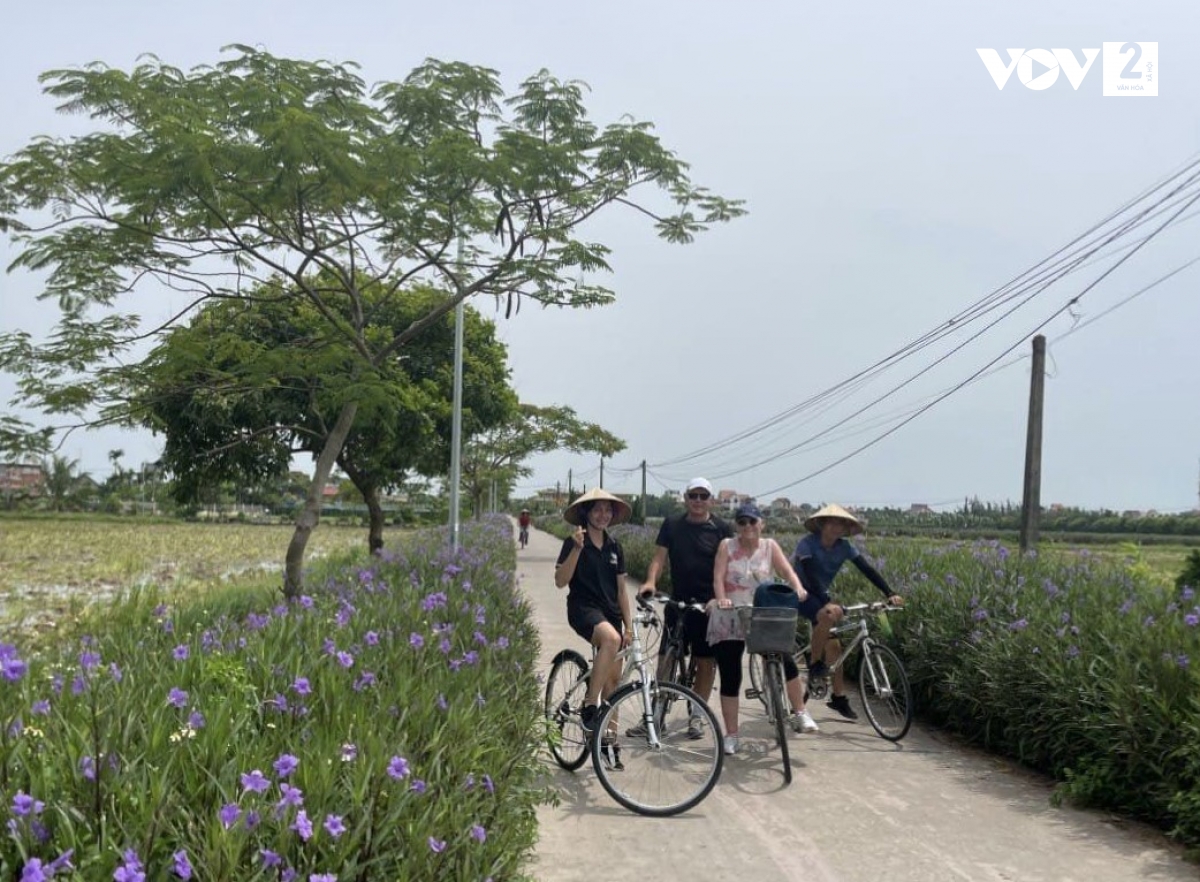
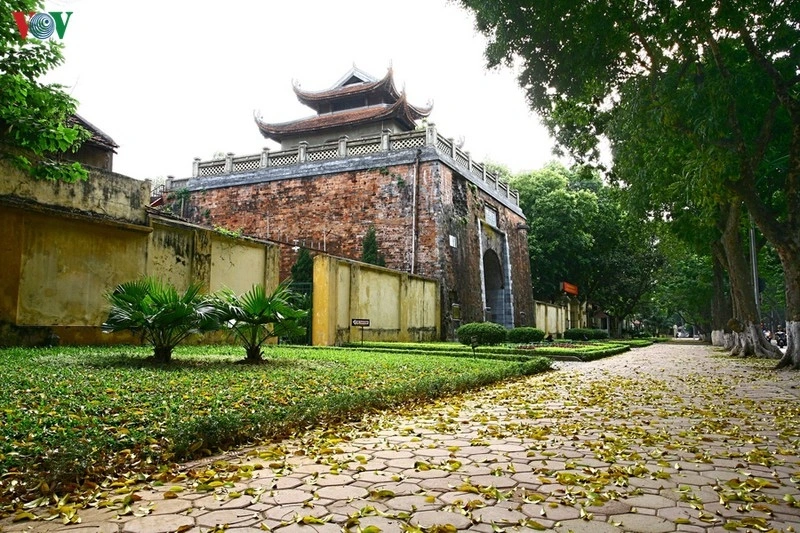

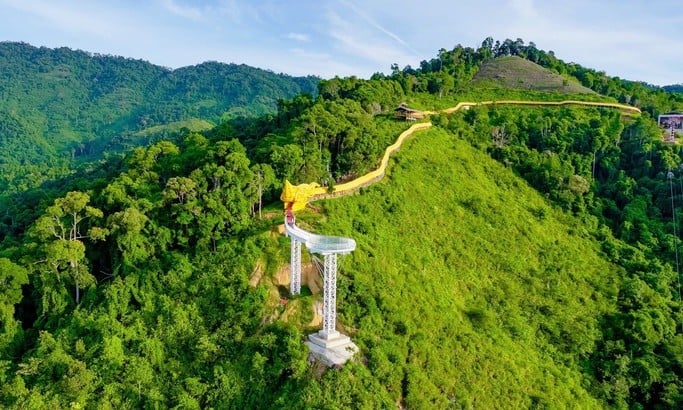
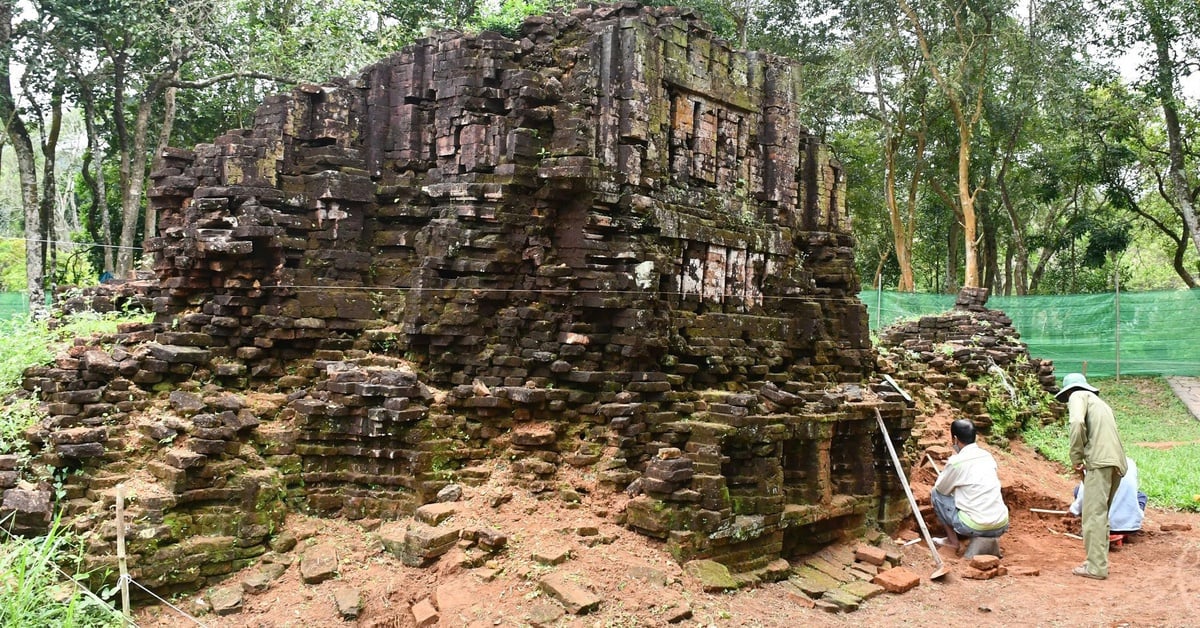
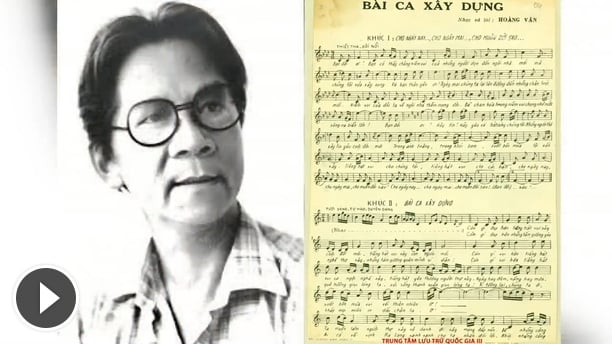


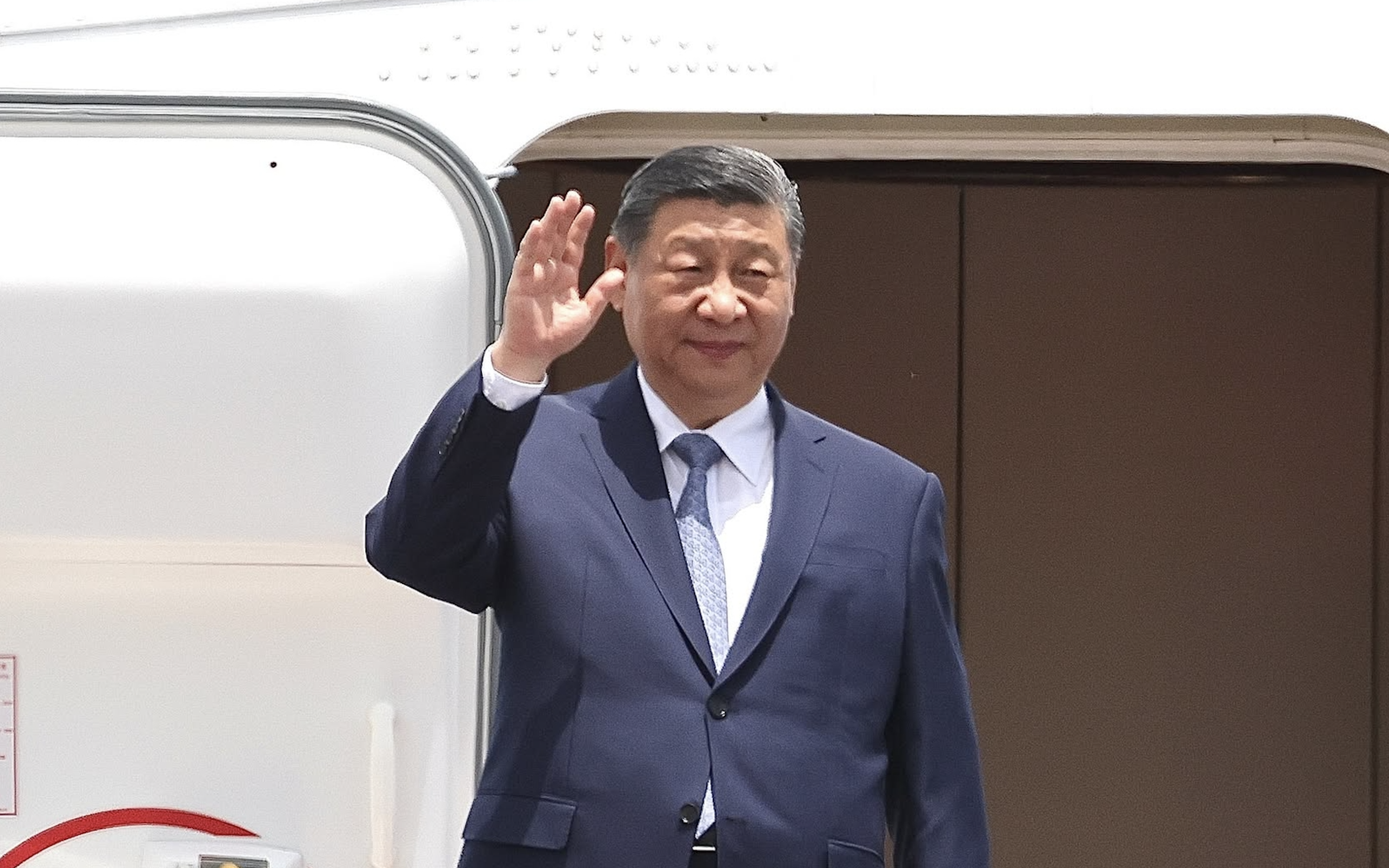
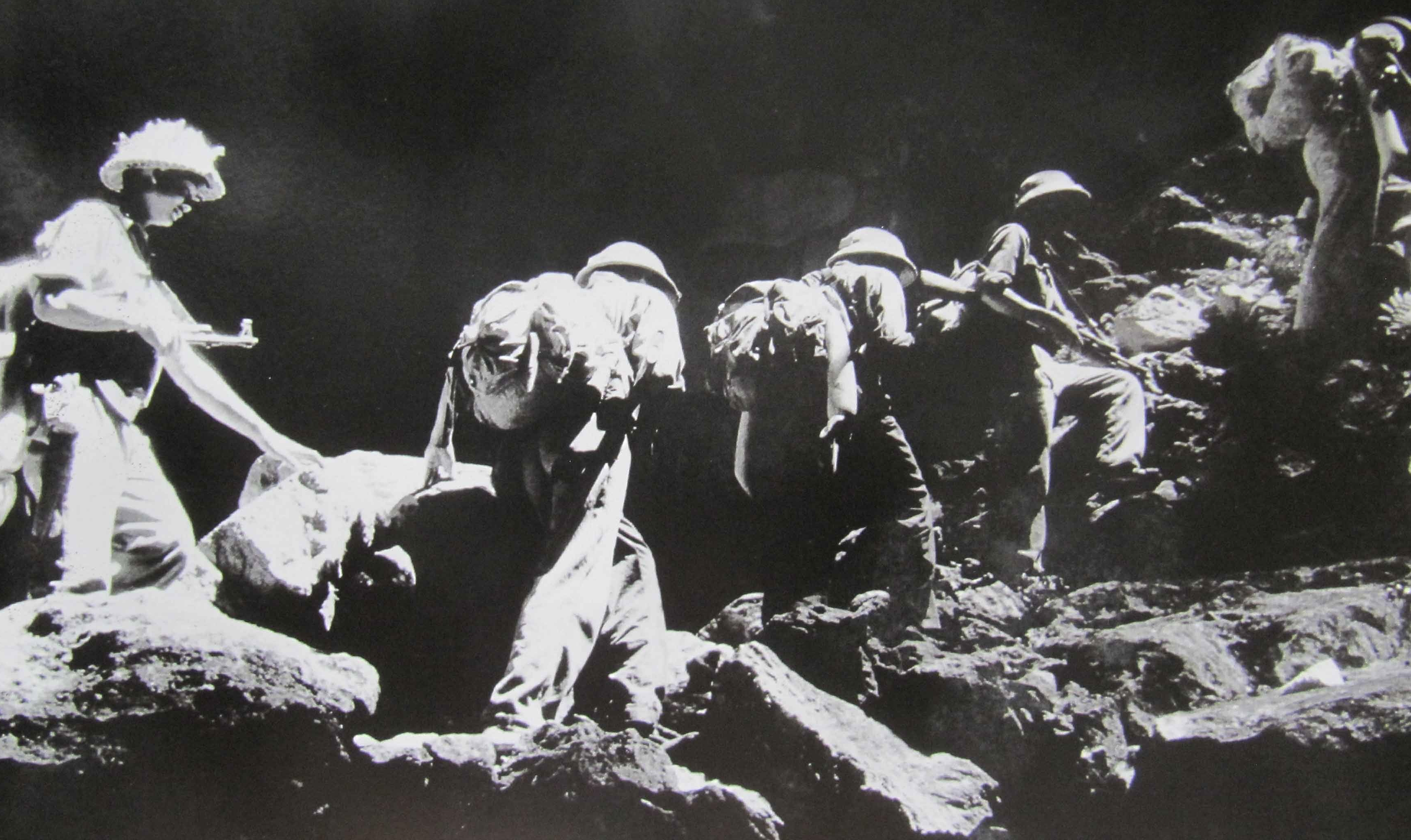

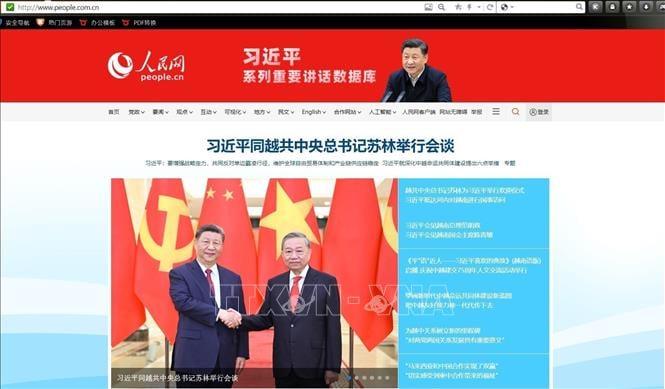
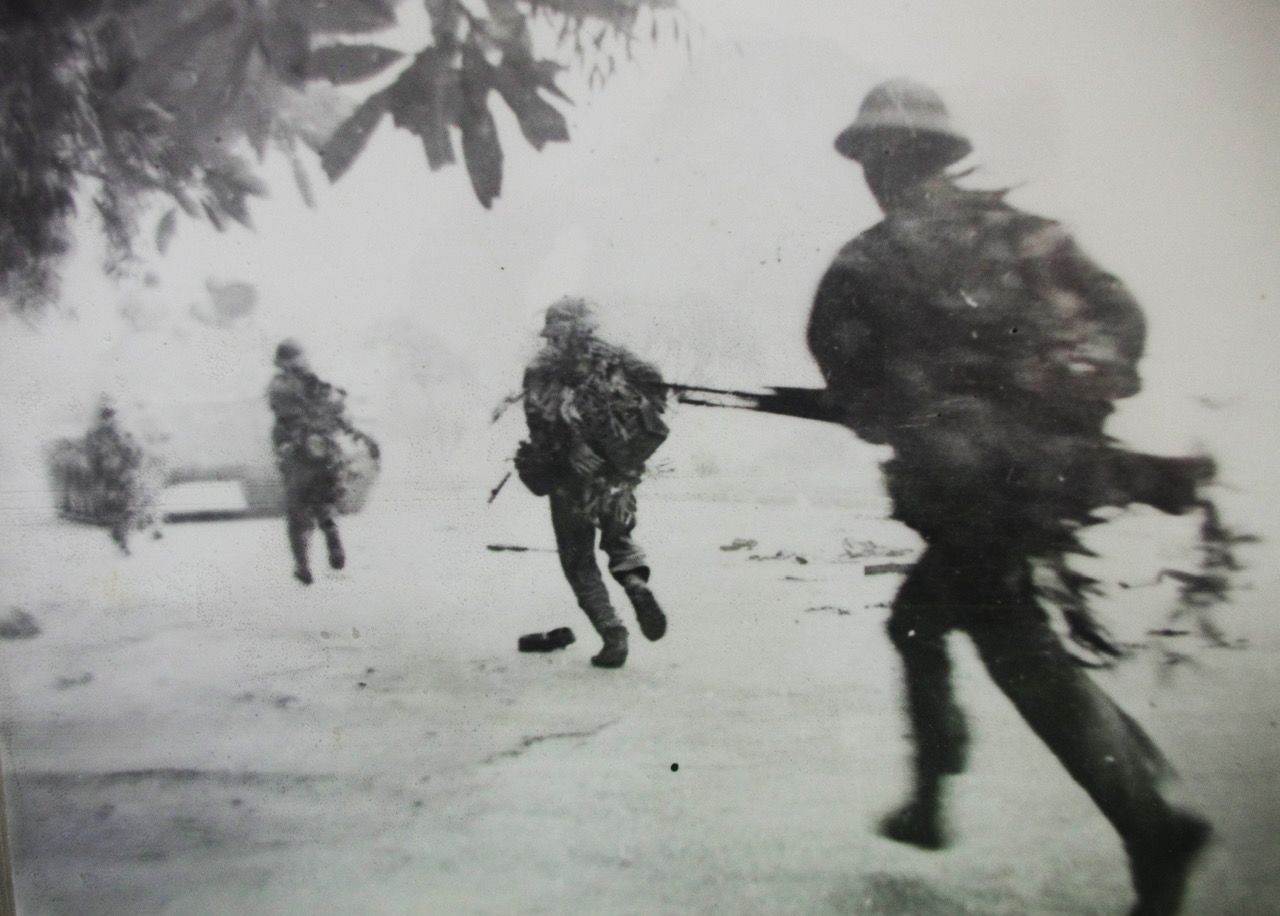
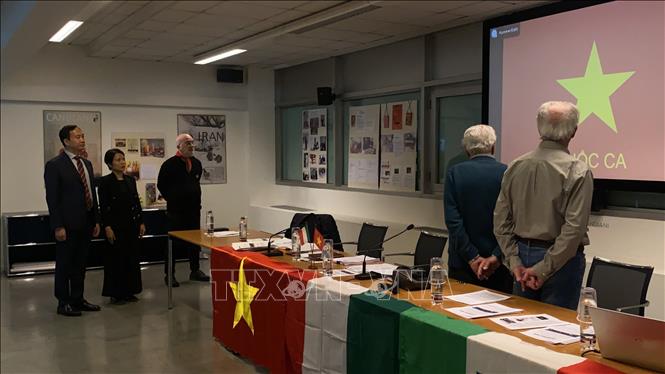

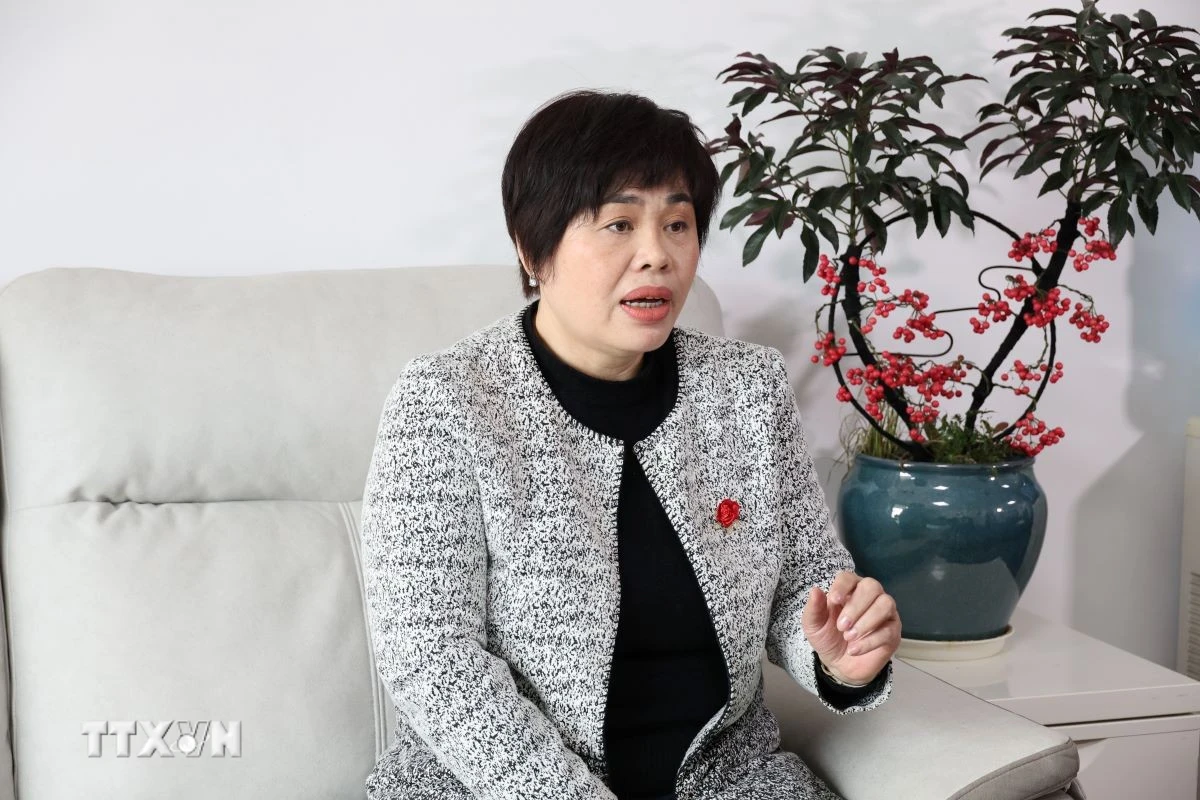









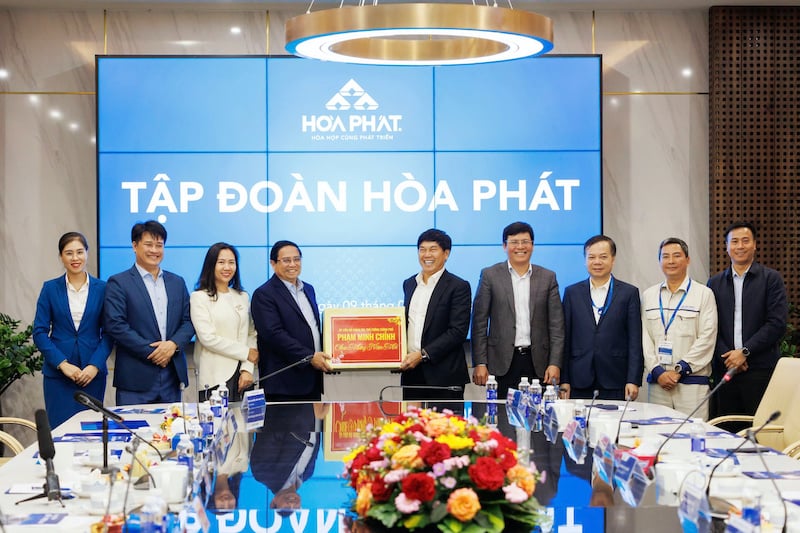



















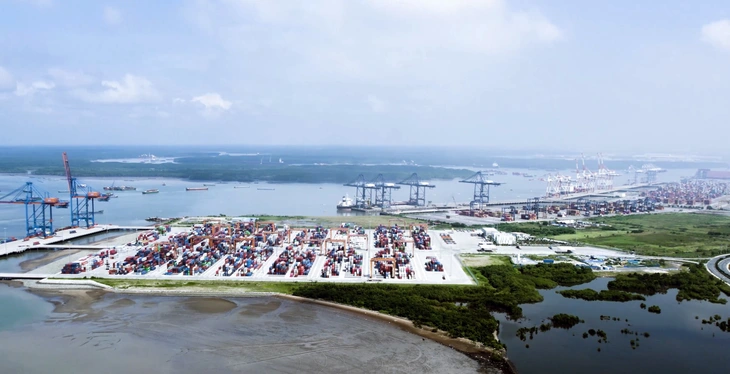




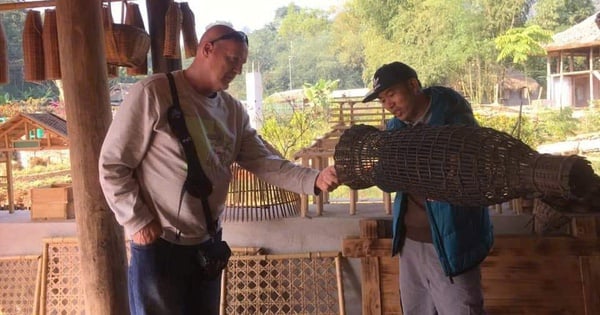


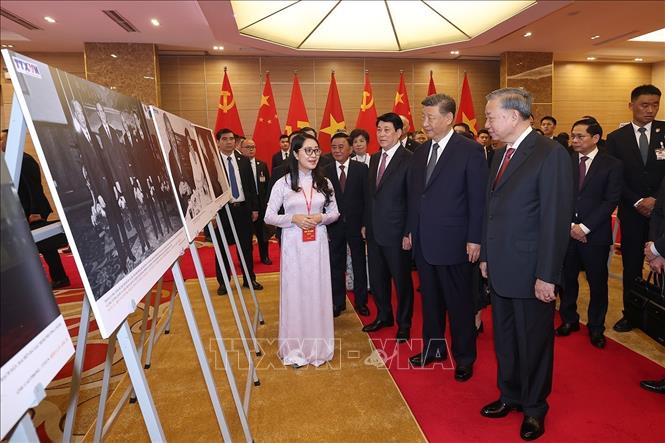


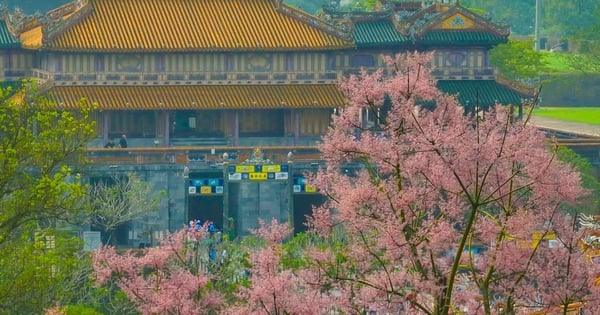




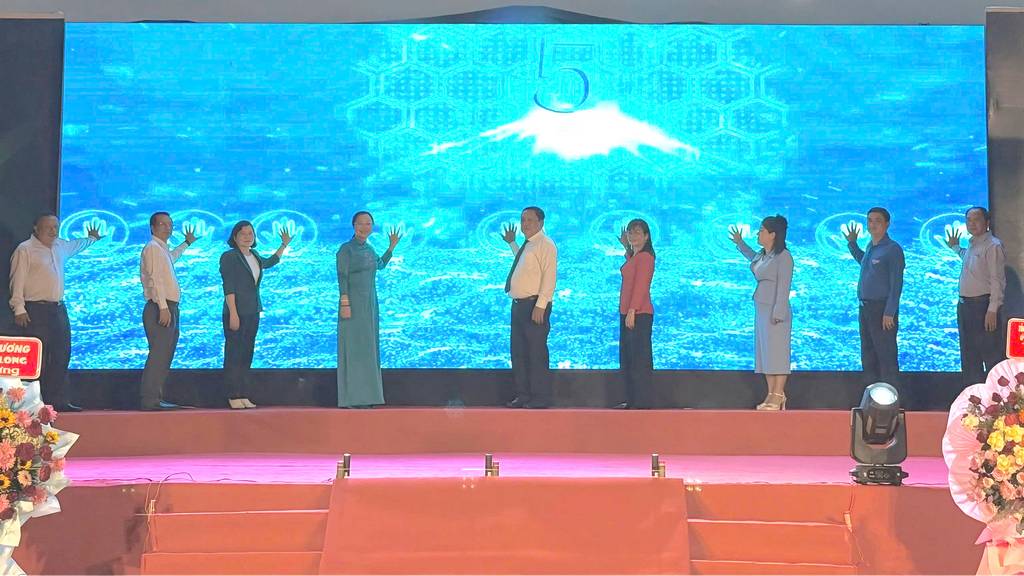


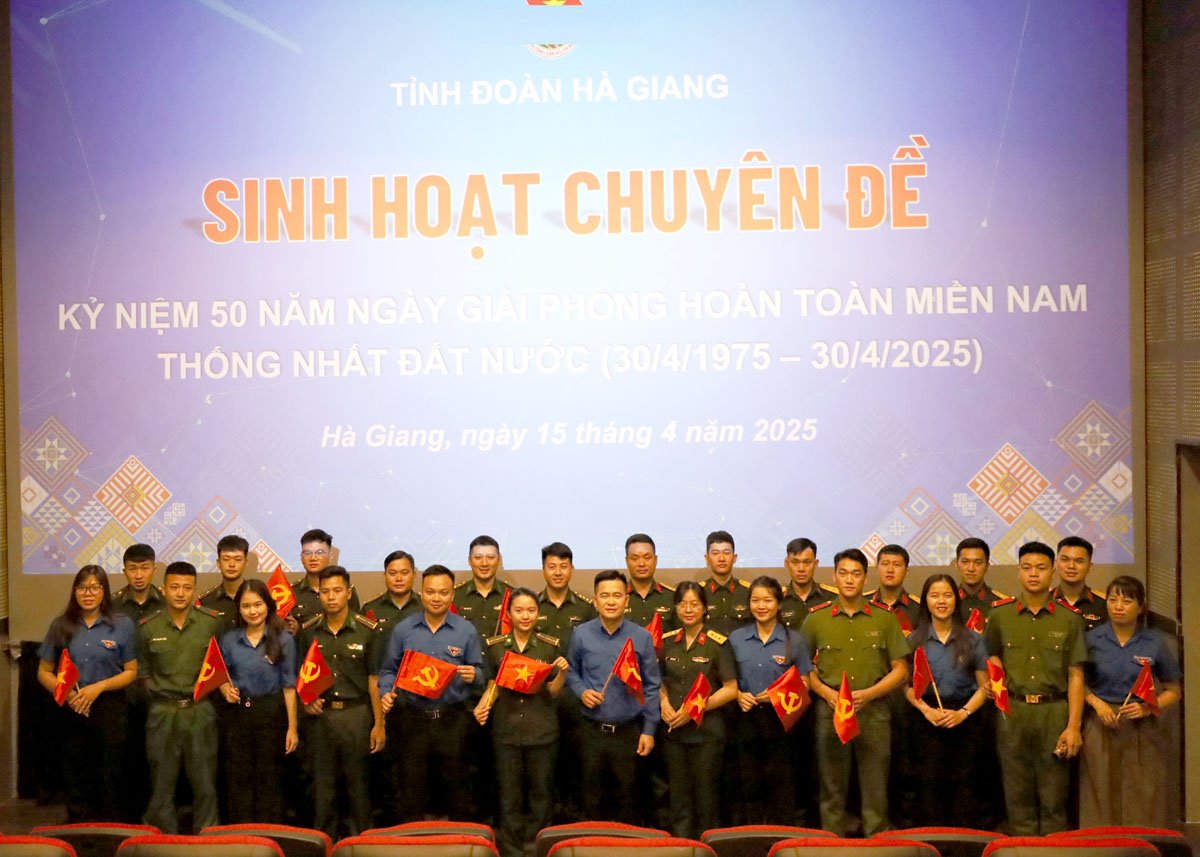





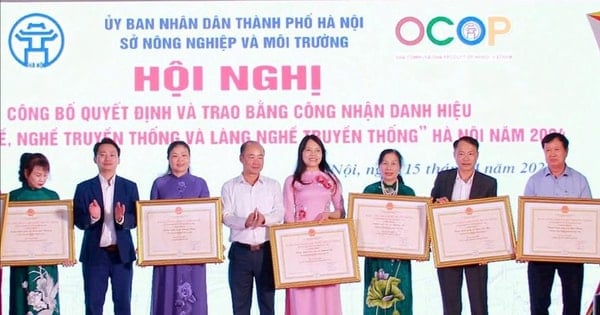


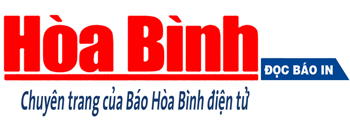
Comment (0)